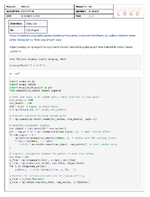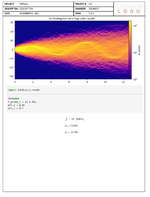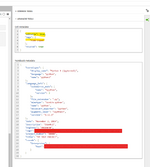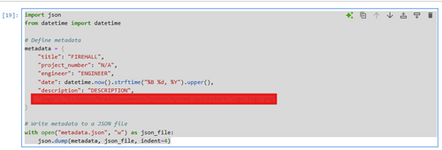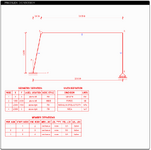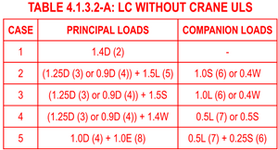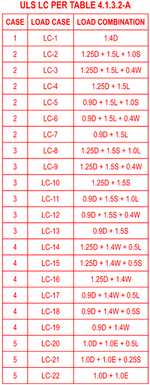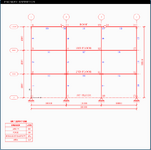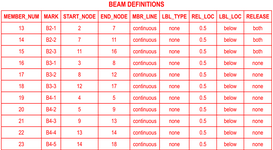Brad805
Structural
- Oct 26, 2010
- 1,517
I have been working on a project to create more of my calculation sheets using Jupyter Lab or Notebooks. I did not like the look of the output, so I went searching for options to improve the quality of the calculation sheets. This turned out to be a bit of a headache given how little I understand how CSS styles, HTML and LaTex work. I have finally found a partial solution to achieve what I want. Below is two sheets from a sample Jupyter notebook. If anyone is interested I can share details on the workflow. The setup process was not great, but once that is done the processs only involves creating a HTML file that can be converted into a .pdf using puppeteer. Going forward I hope I can use MYST markdown to import documents from all sorts of software packages to organize the file in a complete manner, but that will take a bit more time.
